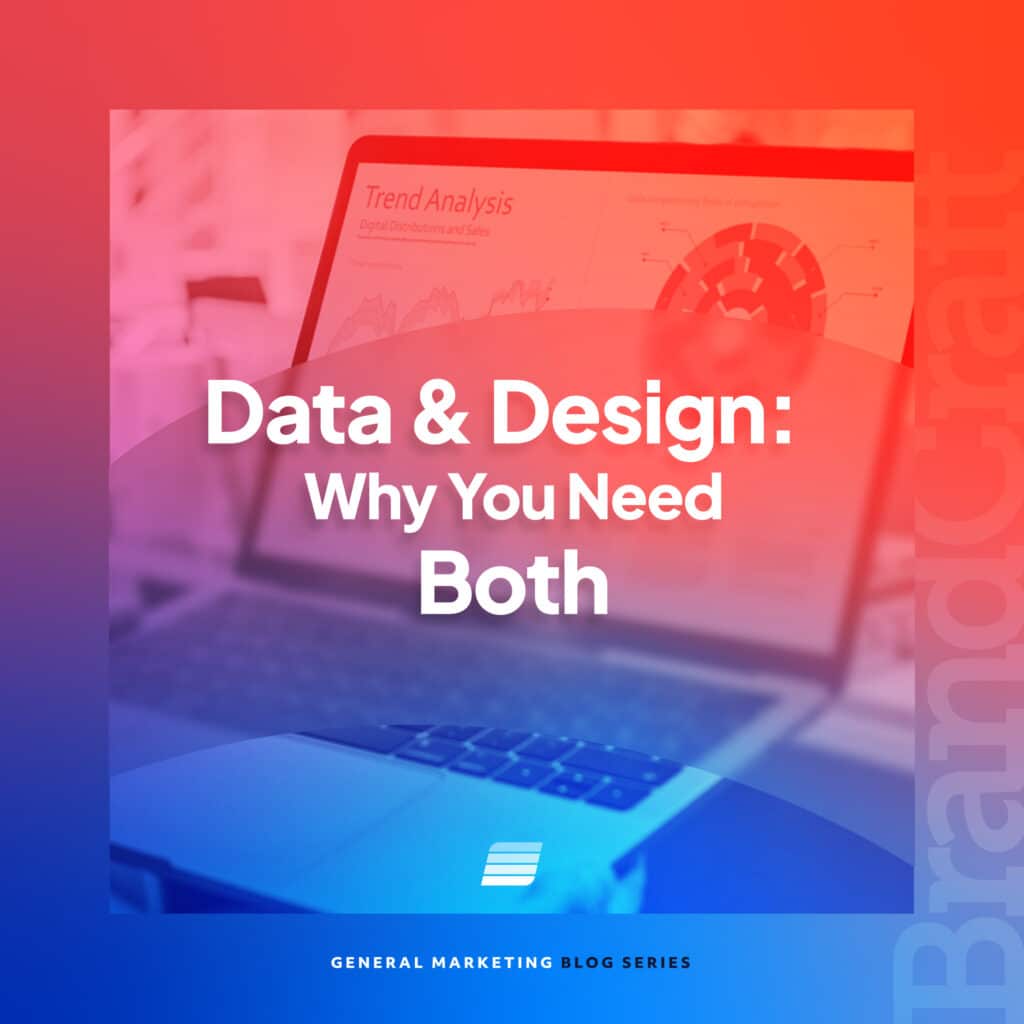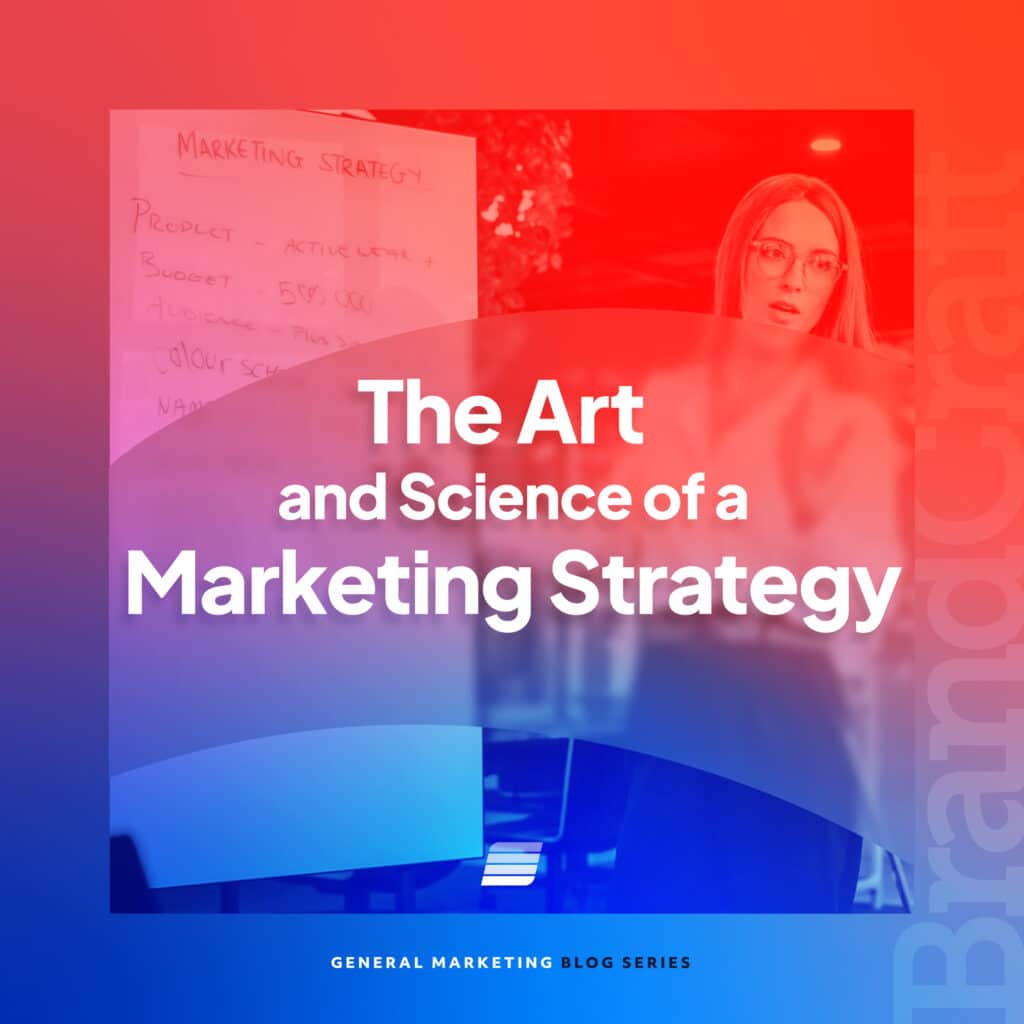Why the Right Digital Marketing Solutions Are Key for Decoding Data
February 1, 2022

Having a marketing strategy as a part of your business plan is essential and not commonly overlooked. However, it’s shocking how often marketing plans are created without a clear roadmap from the first interaction to the goal completion.
Without that clear direction, you could be getting hundreds of leads from your marketing campaigns that aren’t qualified and simply aren’t worth your time or investment.
We never want to see time, ad spend, or efforts go to waste. For that reason, we’ve put together some digital marketing solutions for you and your team to implement in your marketing strategy. These can help drive richer results and provide a better understanding of the data coming in.
Digital Marketing Solutions to Help You Decode Data
Here are some examples of the best digital marketing solutions:
Define Your Objective & Goals
Unsurprisingly, a crucial first step when creating a marketing campaign is to ask yourself and your team, “Why are we doing this, and what do we want to accomplish?”
Think of who you want to reach, what you want them to take away, and the action you’re anticipating them to take. For example, if it’s a brand awareness campaign for a new service line, a simplified version might look something like this:
- Campaign Purpose: Product Awareness & Consideration
- Intended Audience: Retarget Existing Customers & Prospect New Consumers
- Primary Goal Action: Demo Request
- Users who engage but do not sign up for a demo request will funnel into a retargeting audience list.
Notice how our primary goal in this example is for the consumer to submit a demo request for the new service line. While that does show a goal completion and brings those users one step closer to completing a purchase or signing up for the service, we don’t want to forget about the rest of the people who have interacted with our ads.
Anyone who has clicked on an ad is still valuable to our campaigns, even if they didn’t initially complete our primary goal, because they should be funneling into audience lists for future retargeting purposes.
If you’re wondering if an audience list should be created, create it. You don’t have to use all of the lists you create. Some likely won’t reach the minimum audience threshold, but it’s best to start collecting data as soon as possible instead of waiting it out.
Give Your Goals Some Value
While you’re creating your different goals and priorities, assign value to these goals. This will make creating your funnels easier because you now know your perceived return on ad spend (ROAS) from a goal completion and can allocate the budget accordingly.
For instance, if one campaign has a higher cost per lead (CPL) but is also more valuable, you’re likely willing to pay more for that lead than the goal completion that is worth less.
Let’s go back to our example above surrounding the new service line campaign:
- Demo Request Perceived Value: $1,000 (most engaged/interested in product)
- Newsletter Sign-Up Perceived Value: $100 (interested in service & contact list)
- Lead Gen Form Fill-Out Perceived Value: $50 (interested in information & now in contact list)
While you’re assigning value to your goals and establishing budgets for campaigns, we always recommend researching industry benchmarks to get a better idea of how your results compare to the industry average. Use your search engines, blogs, break-even metrics, and paid ad planning tools to help with this research.
As you start collecting and establishing more of this data, you can get even more granular, such as by looking at lead quality by channel. Lead quality is important because you can get 100 leads in Google with a $50 cost per lead but only have 20 percent of those turn into customers.
Meanwhile, on LinkedIn, you might have 40 leads at a CPL of $125, but 65 percent of those turn into customers.
Let’s break it down:
- Google: 100 leads * $50 CPL = $5,000 ad spend
- 100 * 0.2 = 20 customers
- 20 * $1,000 (value of customer in this example) = $20,000
- $20,000/$5,000= 4x ROAS
- LinkedIn: 40 leads * $125 = $5,000 ad spend
- 40 * 0.65 = 24 customers
- 24 * $1,000 =$24,000
- $24,000/$5,000 = 4.8x ROAS
While it might not seem like it when looking at the raw numbers, those fewer leads coming from LinkedIn could make your company more money if the quality of those leads was higher, so always be on the lookout for quality rather than just quantity.
Want the best digital marketing solutions? Contact BrandCraft today to talk to a strategist.
Create a Funnel Roadmap
Now that you know your goals, values, and benchmarks, it’s time to start mapping out your campaign funnels. Be as clear as possible with these, from the first ad impression to the goal completion. Show how a customer should be interacting with your campaigns.
Include what happens to those who drop off, and lay out what audience list they go on. Keep your flow organized and consistent by continuing to call out the campaign type (i.e., awareness, consideration, lead generation, purchase push, etc.).
It’s helpful to keep you and your team focused on the campaign’s purpose–and to keep that front and center.
While you’re creating your various funnels, keep in mind all of the research you put in during the beginning phase of this process, and include that data in the funnels you are building to keep everyone on the same page. This also helps if you need to prioritize funnels or you want to have more of a scheduled approach.
We’ve also found that mapping out funnels is beneficial when we’re setting up our audience lists, and it keeps us focused on which audiences we’re currently using versus which ones we need to set up for campaigns down the road.
Wrap-Up: Our Digital Marketing Solution
Taking the time to gain a better understanding of what value each objective, goal completion, and campaign brings to the table can take your campaign’s performance to the next level.
While it’s great in helping keep focus on your campaigns and maintain a structure among channels, it also helps in decoding the true value your digital marketing solutions bring to the table.
Next time you’re ready to enter a new digital marketing channel or launch a new campaign, double-check that you’re ready to fully understand the data coming in with this quick checklist:
- Define the purpose of the campaign(s).
- Determine the end goal(s).
- Assign value to those goals.
- Research industry benchmarks and trends.
- Calculate the expected ROI/ROAS.
- Create roadmaps of the customer journey.
- Distribute your efforts and budget based on the level of importance.
Whether you’re looking for digital marketing solutions for small businesses or corporations, this checklist can save you time and money, as well as help you reach your goals faster and more efficiently.
Want to learn more about our digital marketing services and find out how to take your strategy to the next level? Contact BrandCraft today.







